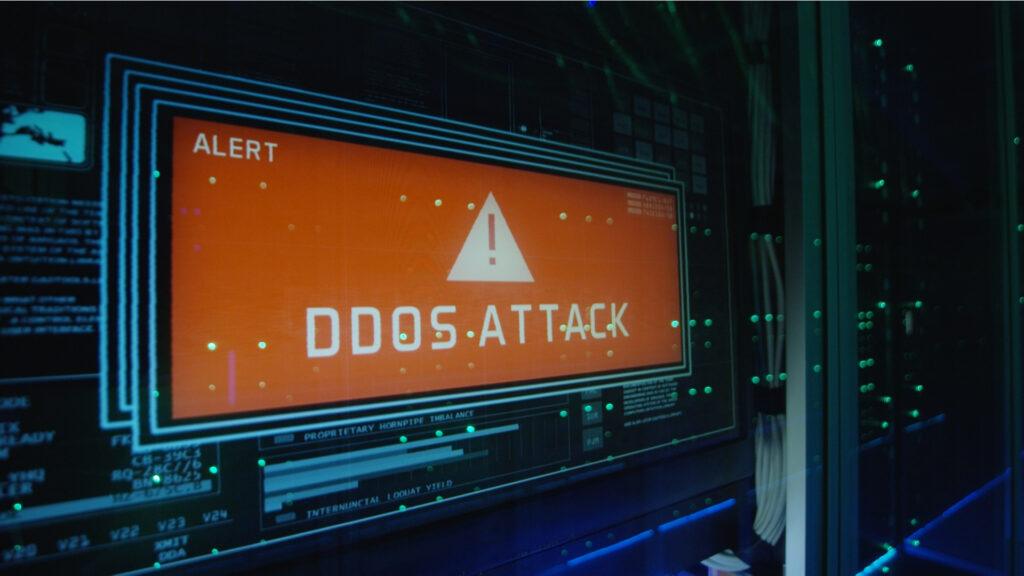- In the first quarter of 2025 there were 20.5 million ddos attacks
- In general 2024 there were 21.3 million
- Hypervolumetric ddos attacks are becoming more popular
In the first quarter of 2025, there were as many attacks of denial of service (DDOS) distributed as throughout 2024.
This agrees with the new threat report DDOS Q1 2025 of Cloudflare, published earlier this week. Based on the data of the Cloudflare Network, the report states that in the first three months of 2025, there were 20.5 million ddos attacks, almost the same as in the 12 months of 2024 that had 21.3 million such incidents.
This also represents an impressive year -on -year increase of 358%, as well as an increase of 198% quarter.
Directed to Germany
A distributed service denial attack works by flooding the destination server with information packages from a vast distributed network. If the server cannot process all requests on time, it is stuck, denying regular visitors the proper access. There are different types of ddos attacks, with hyper-volumetric that are now “the new normality.”
A hyper-volumetric ddos attack is a massive cyber attack that floods a network or website with an extremely large volume of false traffic, often measured in Terabits per second. These require a large network of devices, so in the past they were not so common. However, in Q1, approximately 700 attacks were considered hyper -volumetric, since they exceeded the rates of one billion packages per second (PPS) or 1 TBPS, with an average of approximately 8 attacks a day.
At the same time, the ddos attacks of the network layer (which are directed at the lowest levels of the Internet battery, such as routers and firewalls, flooding them with traffic such as ICMP or UDP packages) are becoming more popular. There were 16.8 million of such attacks, representing an amazing increase of 509% year -on -year and a 397% increase in quarter to quarter.
Germany is the most objective country in the world, followed by Türkiye, who jumped 11 places to reach second place. China fell to the third. As for the location of the attackers, Hong Kong is the number one source, followed by Indonesia and Argentina.




